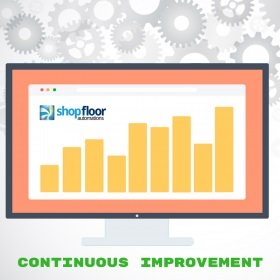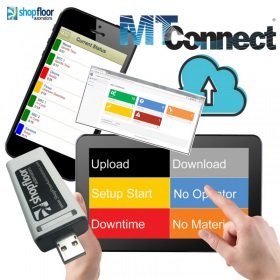More Than Downtime Matters in MFG
Yes, downtime is a huge concern and a big reason why shop floors invest in machine monitoring software. However, there are added benefits when using machine monitoring software that helps to give machine operators a voice.

Since the need for material is not actually affecting the current cycling of the machine, it’s a secondary need. So that machinist can push a button and put it in this secondary status. This will display as a different color to make it stand out to anyone looking up at the universal status screen.
The need for material is not downtime for the machine, but a request or notification of something else that needs attention that can also slow down production if it is not addressed can be very important on the shop floor, as well. This status can also appear as an email alert, as well as the status screen previously mentioned.
This secondary status notes field is also important because it is a tool for machinists to be heard – it gives the operator an ability in the data entry screen to enter downtime reasons and explanations. It allows operators to give feedback to other users to understand production issues with a given machine, which can help with higher-ups who don’t work directly with the machines.
This feature also helps so a report can be run of all notes for specific downtime reasons. Are they happening at similar times for similar issues, or are there issues of materials not being brought to a machine in a timely manner, or a machine not being kept on a decent maintenance schedule?
If you want more information on all of the benefits machine monitoring can bring to your shop, such as integrating machine monitoring with CMMS solutions, please contact Shop Floor Automations. Call (877) 611-5825 or chat with us on social media.
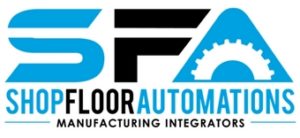

 Reason 1 – Reducing downtime is a universal concern in manufacturing. Driving improvement off of real data that is collected in real-time is crucial to this cause. With machine monitoring, we can find ways to eliminate downtimes, which should increase uptime significantly.
Reason 1 – Reducing downtime is a universal concern in manufacturing. Driving improvement off of real data that is collected in real-time is crucial to this cause. With machine monitoring, we can find ways to eliminate downtimes, which should increase uptime significantly.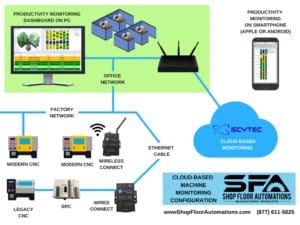


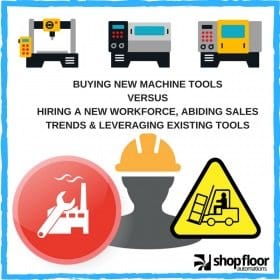
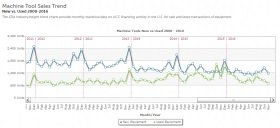
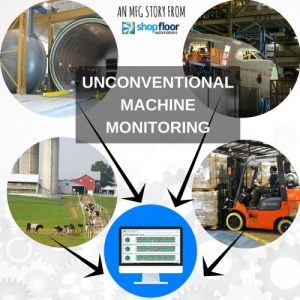 Unconventional Machine Monitoring from SFA
Unconventional Machine Monitoring from SFA